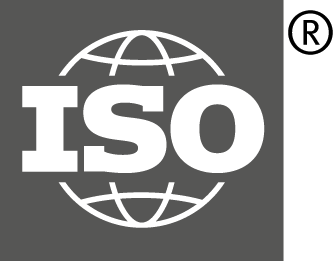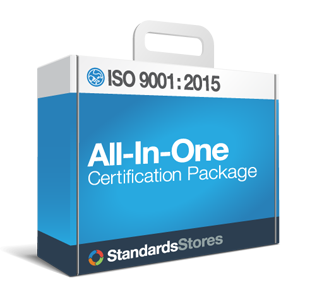ISO 9000 Series of Quality Standards

What is the ISO 9000 series of quality management system standards?
The ISO 9000 series was created by the International Organization for Standardization (ISO) as international requirements and guidelines for quality management systems. It was originally introduced in 1987 and over the years has established itself in the global economy having been adopted in over 178 countries with over one million registrations.
The phrase “ISO 9000 family” or “ISO 9000 series” refers to a group of quality management standards which are process standards (not product standards).
- ISO 9000 Quality management systems – Fundamentals and Vocabulary, referenced in all ISO 9000 Standards.
- ISO 9001 Quality management systems – Requirements, contains the requirements an organization must comply with to become ISO 9001 certified.
- ISO 9002 – Guidelines for the application of ISO 9001:2015
- ISO 9004 – Managing for the sustained success of an organization, provides guidelines for sustaining QMS success through evaluation and performance improvement.
ISO 9001:2015 is the current version of the ISO 9001 standard. ISO 9001 lists requirements, while the other standards in the 9000 family provide guidelines and information. People often say “ISO 9000 certified“, but what they mean is they have met the requirements of the ISO 9001 standard. Read more about ISO 9001 Certification.
The ISO 9000 Series of Quality Standards is not industry-specific and is applicable to any manufacturing, distribution, or service organization. It is managed by Technical Committee (TC) 176, comprised of international members from many industries and backgrounds.
What are the older (obsolete) ISO 9000 quality standards?
ISO 9000 (1994) originally had three QMS models depending on the primary function:
- ISO 9001:1994 Model for quality assurance in design, development, production, installation, and servicing was for companies and organizations whose activities included the creation of new products.
- ISO 9002:1994 Model for quality assurance in production, installation, and servicing had basically the same material as ISO 9001 but without covering the creation of new products. Learn more about ISO 9002.
- ISO 9003:1994 Model for quality assurance in final inspection and test covered only the final inspection of the finished product, with no concern for how the product was produced. Learn more about ISO 9003.
All of these were combined into ISO 9001:2000, which was updated to ISO 9001:2008 and is now ISO 9001:2015.
What standards support the ISO 9000 Series of Quality Standards?
Other ISO quality standards were created to support the ISO 9000 family, and not all start with ISO 9001:
Standards based upon ISO 9001
There are other ISO quality standards created based on the 9000 family which are specific to certain industries (Aerospace, Automotive Medical Devices, etc.):


